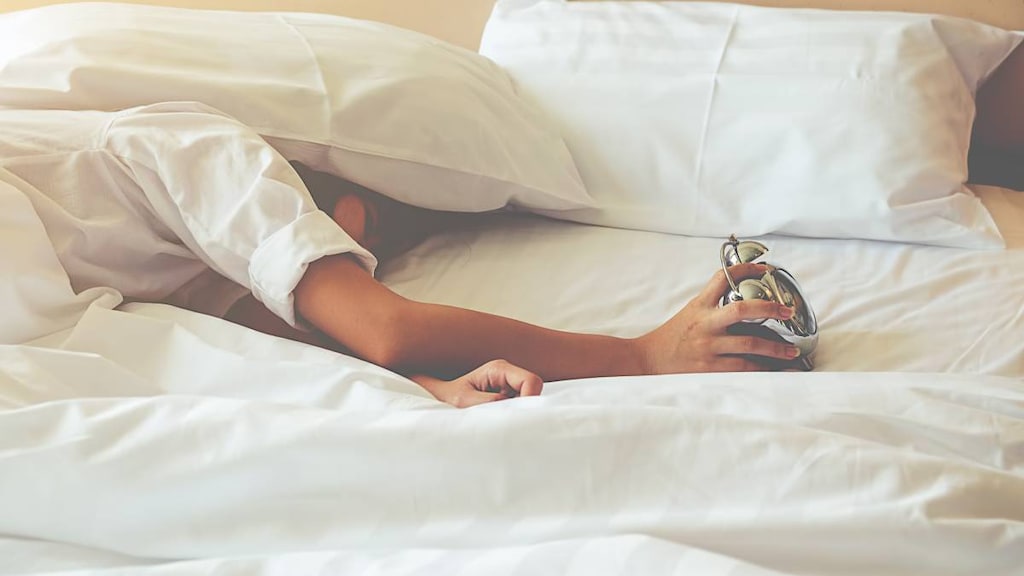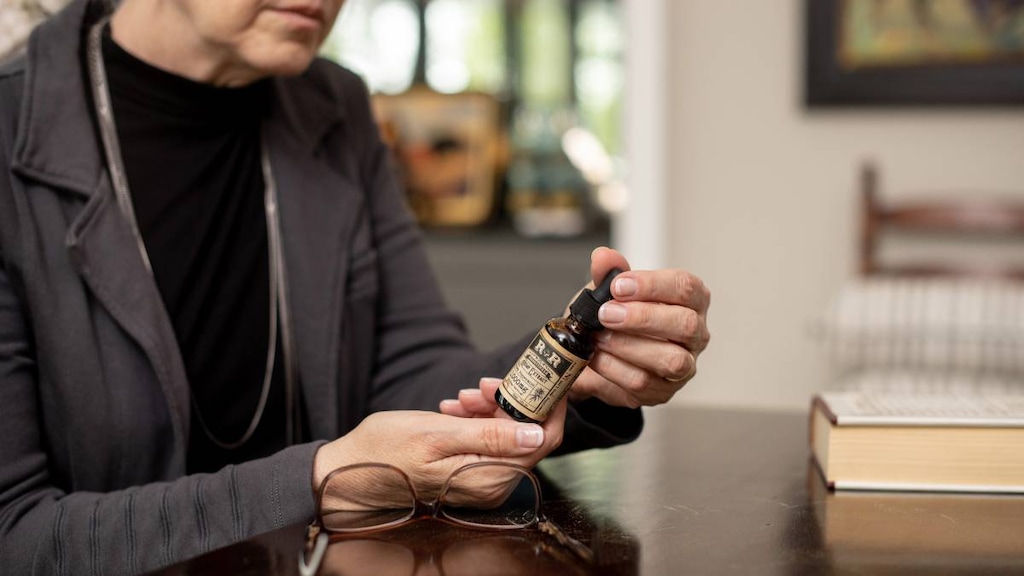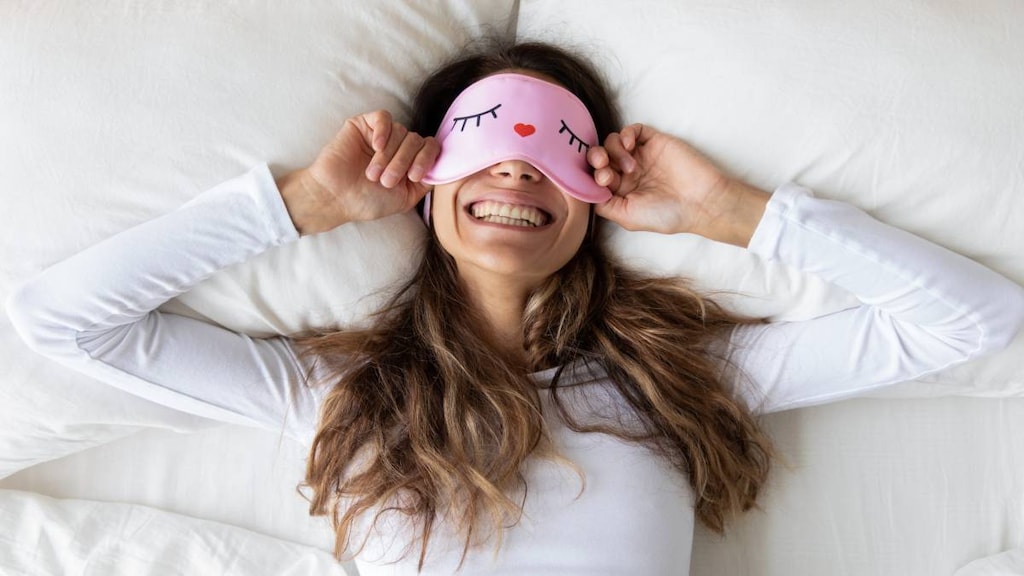
What are sleep disorders?
Sleep disorders are conditions that occur at night that disrupt or change the way you sleep. Sleep deprivation can affect a person’s overall health and safety and increase their risk of developing other medical conditions.
What causes sleep disorders?
There are many different types of sleep disorders, all with different causes, and these can be grouped according to how they happen, the symptoms they cause, or how they affect the person. For example:
- Bedwetting (enuresis). Common in young children and usually clears up by age seven. Further investigations may be needed if it continues after this age or if it continues or restarts, or is accompanied by burning sensations when urinating, emotional problems, or an increase in appetite or thirst
- Circadian rhythm sleep disorders: Caused by disruptions in our own internal “body clock” due to factors such as Shift work, jet lag, tending to children at night
- Narcolepsy involves abruptly falling into a deep sleep at an inappropriate time, for example, while talking, eating or driving
- Nightmares: Vivid and frightening dreams associated with a feeling of anxiety or fear may be associated with violent images seen throughout the day
- Sleep apnea: breathing is obstructed by the throat or tongue collapsing. Risk factors include obesity, large tonsils or adenoids, abnormal mouth structure, or large neck or tongue. It can prevent the body from supplying enough oxygen to the brain. May increase the risk of high blood pressure, stroke, heart attack, and kidney disease
- Sleepwalking (somnambulism): May be inherited as tends to run in families. May be caused by medications, such as short-acting hypnotics and some sedatives.
What are the symptoms of sleep disorders?
Most people with a sleep disorder feel sleepy during the daytime or have trouble falling or staying asleep (general insomnia).
Other symptoms that may occur depending on the sleep disorder may include:
- Restless legs Syndrome: An uncomfortable sensation in the legs or an urge to move the legs when in bed
- Sleepwalking: Getting up and walking around while in a state of sleep. Most common in children and usually occurs 1 to 2 hours after falling asleep and generally lasts a few minutes.
- Circadian rhythm sleep disorders: Difficulty falling asleep, early awakenings, poor sleep quality, and daytime drowsiness
- Narcolepsy: Extreme daytime sleepiness and abruptly falling asleep during the day. Symptoms may also include cataplexy, sleep paralysis, and hallucinations.
- Teeth grinding (bruxism): The relentless clutching of teeth and jaws at night, and sometimes during the day. May lead jaw disorders like temporomandibular joint disorder, headaches, face pain, and damaged teeth. Snoring
- Sleep apnea: Breathing stops for short periods of time, usually 10 to 30 seconds. Snoring
How are sleep disorders treated?
Treatment varies and depends on the underlying cause and may include:
- Bedwetting: Motivational therapies and positive reinforcement, behavioral therapies like an enuresis alarm, bladder training exercises, or desmopressin
- Circadian rhythm disturbances: Melatonin
- Restless Legs Syndrome: Magnesium, ropinirole, pramipexole, or rotigotine
- Teeth grinding: Dental night guards, dental correction, and stress management, or short-term muscle relaxants (eg, oral cyclobenzaprine, onabotulinumtoxinA)
- Short-term insomnia (ie, due to stress, bereavement): Benzodiazepines, sedating antihistamines, zopiclone, or zolpidem
- Sleep apnea: Continuous positive airway pressure (CPAP) devices, Dental devices, weight loss, alcohol avoidance, and not sleeping on your back
- Narcolepsy, shift work sleep disorder, or obstructive sleep apnea: Modafinil, Armodafinil, other stimulants, antidepressants, or sodium oxybate
- Narcolepsy: Stimulants, pitolisant, or solriamfeto
- Non-24-hour-sleep-wake disorder: Tasimelteon.
Lifestyle changes may include:
- Avoiding caffeine and late-night electronics
- Developing healthy sleep habits
- Exercising during the day
- Light therapy.



